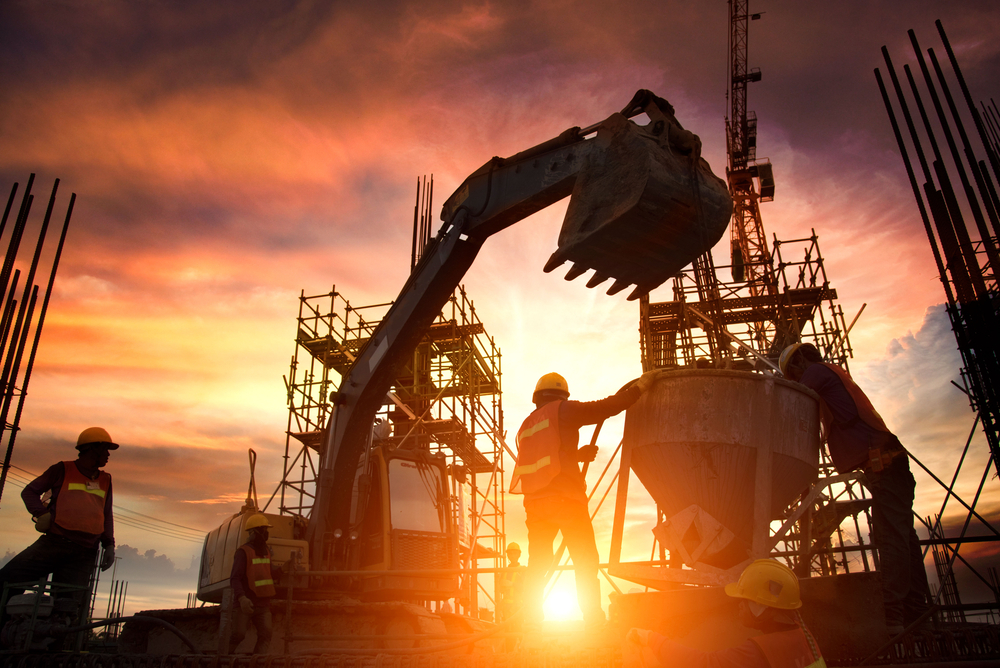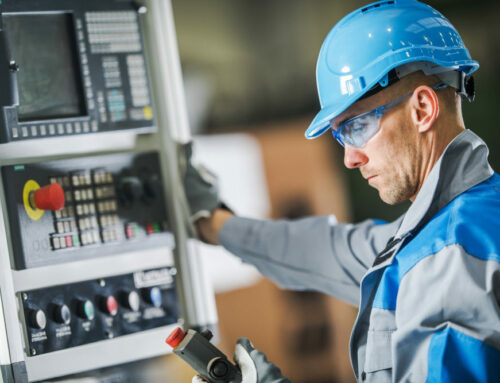
Ensuring safety
Ensuring the safety of construction workers has never been easy – the industry has some of the highest numbers of work-related injuries and fatalities. According to the Bureau Labor of Statistics, there are 6,882,000 workers employed in the construction industry (as of March 2017). This number reflects only 4% of the total U.S. workforce, but they take on a disproportionate amount of the risk: 21% of all work-related deaths occur in construction. The U.S. Department of Labor has called attention to the significant dangers in construction by labeling the Fatal Four, the incidents that account for the highest number of worker deaths. Together, these four incident categories account for 64% of construction-related fatalities:
- Falls 364 deaths (38.8% of total deaths)
- Struck by Object 90 deaths (9.5% of total deaths)
- Electrocutions 81 deaths (8.6% of total deaths)
- Caught in or Between 67 deaths (7.2% of total deaths)
As every safety professional knows, these statistics aren’t just numbers – they represent real people. We must do everything we can to keep these workers safe.
Nature of construction
If construction workers are at higher than average risk, it’s not because their safety has been neglected. In fact, there is an entire industry of safety experts working tirelessly to prevent as many construction injuries and fatalities as possible. But the nature of construction often makes this feel like an uphill battle. Construction work is inherently hazardous, physically demanding, and mentally taxing. Workers also carry out their tasks outdoors, where they deal with the hot summer sun, sudden downpours and freezing winter winds. Workers also often feel like they’re racing against time. There’s always a deadline to meet and pressure to finish everything before the construction season slows to a crawl.
Racing against time
All that extra speed means workers are less careful, and injuries are more likely to happen. With all these risks and challenges, construction firms are desperate to improve safety on their job sites. If incident numbers are too high, the company is viewed as a risk, and fewer clients will do business with them. To remain competitive, they must constantly strive to meet or exceed industry standards for safety. Proper PPE is a key part of this. While it’s often called the last line of defense, it should not be the last thing you consider before rolling out your safety program. With so many inherent risks that are impossible to eliminate and difficult to control, protective gear is often the only thing standing between a construction worker and a serious or fatal work injury
https://extremesafety.com/wp-content/uploads/2019/10/EXTREME.pdf

















